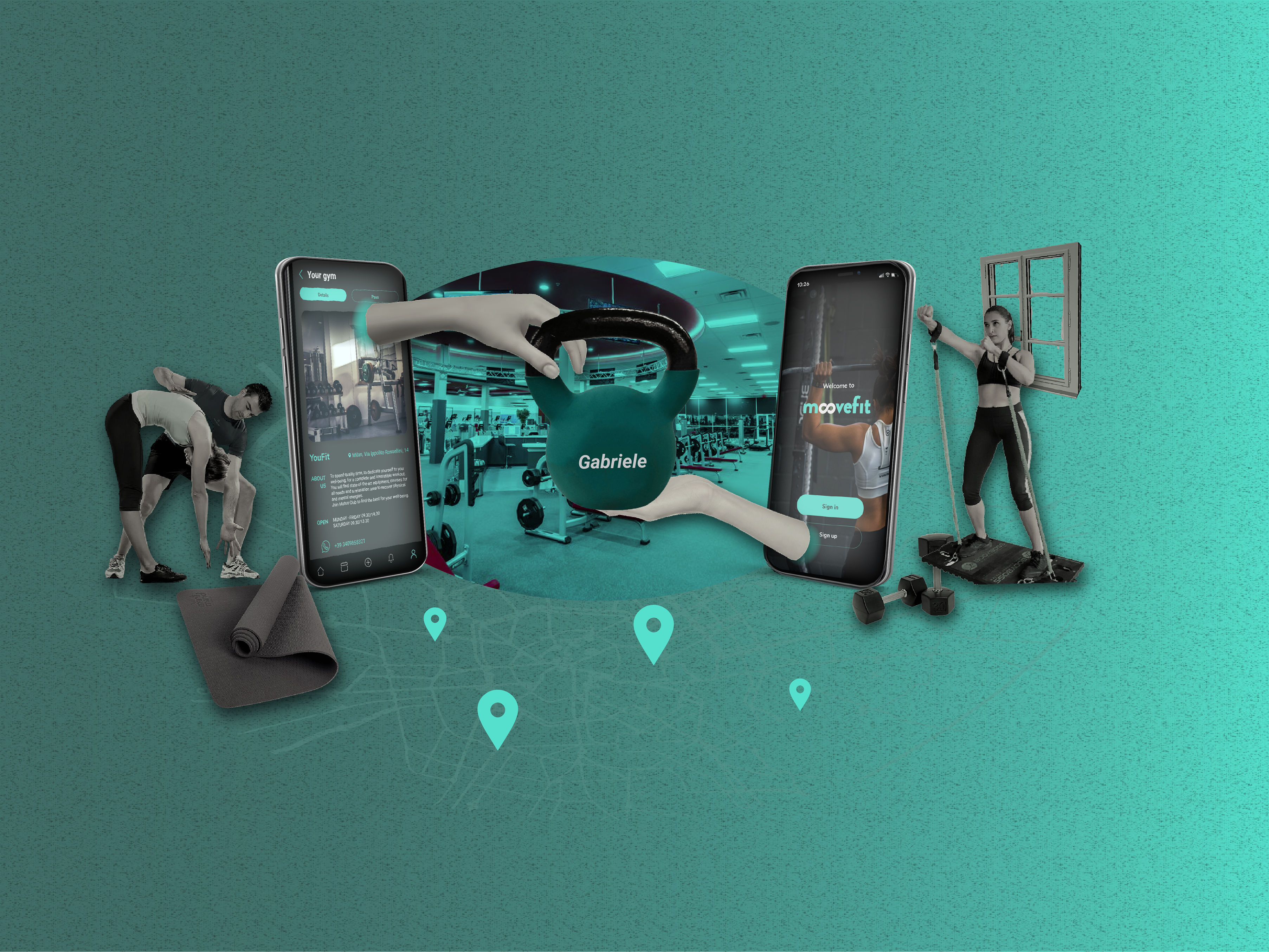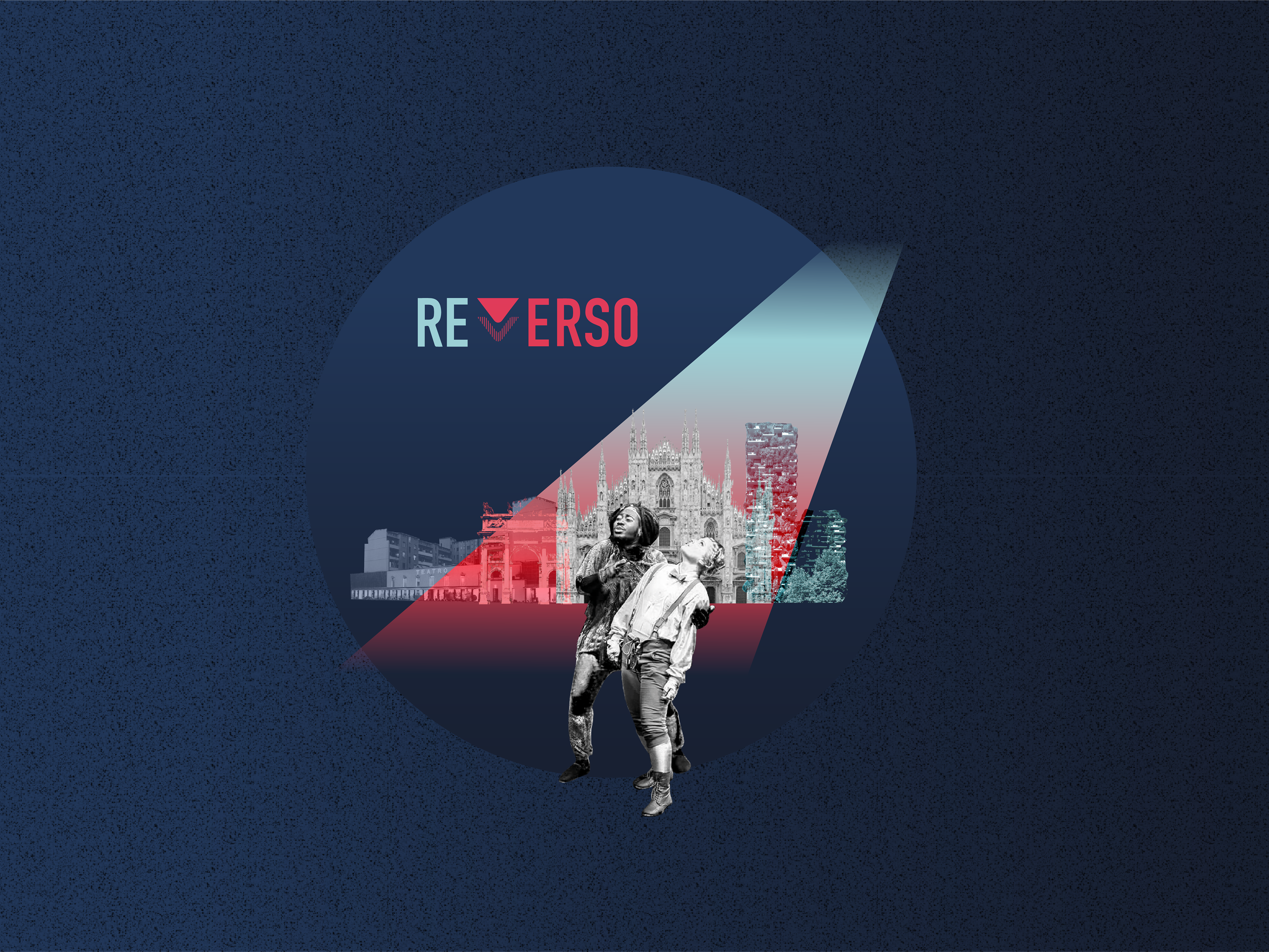Project Overview:
R3ASON is a knowledge-graph platform and method that uses AI, NLP and ML to turn interviews, documents, and data into a living system map teams can query in plain language. It lets projects scale from UX fixes to enterprise strategy while keeping every insight linked and every decision co-created on one shared canvas.
Developed and piloted inside Iconstorm GmbH, the platform proved valuable enough to reshape the business. What had been a UI/UX-centred design studio pivoted toward systemic, data-driven strategy work; in 2024 the firm was formally restructured and re-branded as R3ASON GmbH, with the tool at the core of its consulting offer.
Duration:
2 years
2 years
My role:
I led our team from concept to execution. My responsibilities included:
# Research and Ideation: Conceiving the initial idea and defining the project's vision.
# Prototyping and Testing: Leading the development and testing of new processes.
# AI Integration: Collaborated with interdisciplinary teams to deploy Ai solutions into actionable prototypes that streamline the process.
# Graph Data Science: Learning and applying graph data science to improve our methodologies.
# Business Strategy: Partnered with business and technical leads to define go-to-market strategies for AI-powered solutions
Challenges:
From audition of our failed projects I found out often Project requirements kept morphing as client systems reacted to our work, but we lacked a single place to capture who changed what, when, and why so by the end we were judged against goals that had already shifted out of view.
I wanted a tool-and-process combo that would:
Make assumptions explicit – every claim, metric or stakeholder belief captured in one place.
Reveal system-level leverage points, not just UX pain-points.
Stay living – update itself as new evidence arrives.
R3ASON works on three inter-locking levels:
Toolchain level:
A Neo4j knowledge-graph platform with GPT parsers turns raw notes and data into a queryable network you can explore in plain language.
Process:
Three-step Process R3ASONING → R3LATING → R3VEALING ready-made ETL scripts, workshop guides and analytic “lenses” (PESTLE, SDGs, etc.) to move teams from inputs to evidence-based options.
Mindset:
Treating AI as a co-designer: every step includes bias checks and reflexive prompts so beliefs become explicit design material and decisions stay transparent.
R3ASON Framework
Design research process overview:
A single, looping ribbon captures how R3ASON grew from a post-mortem audit (Cycle 1) through tech build-out and pilots (Cycle 2) to a packaged, client-ready platform, showing each inflection where problems were sensed, reframed, automated, tested and finally productised.
Cycle 1: Proof-of-Concept
I ran desk research, audit and a dozen internal interviews to uncover why project briefs collapse once projects start making change in organisations. We reframed every requirement as a “belief” node, (any statement that can be true or false and has an owner) sketched an initial graph schema and mocked two low-fidelity prototypes (one in Miro, one in a local Neo4j instance). Tested inside an active insurance-software project, the belief-graph let the team trace shifting assumptions in under half an hour and gave every discipline a single, version-controlled source of truth. Cycle 1 ended with a validated hypothesis, a draft data model and a clear HMW that set the technical brief for Cycle 2.
How data inputs form outputs
Cycle 2: Tech Build + Pilot Validation
I immersed myself in knowledge-graph theory and AI tooling, compared technology options. Then, together with our cross-functional engineers turned research into code. We stood up a Neo4j graph, built GPT-powered parsers, and chained them into an ETL + RAG pipeline that ingests interviews, PDFs, and live trend feeds. The stack was trial-by-fire in two real projects (a global office-relocation strategy and an energy-portfolio review), where it surfaced hidden leverage points and kept every new requirement traceable end-to-end.
R3ASON backend
Implement: UX Consolidation, Onboarding & Roll-out
Unified UX Interface: Developed a streamlined workspace using a React front-end that integrates a graph canvas, natural language query chat, and a guided onboarding wizard, all accessible through a single login.
Onboarding Toolkit: Delivered a comprehensive starter pack including a schema overview, API key setup guide, presentation deck, and a step-by-step demo video.
Collaborative Rollout: Facilitated co-creation workshops to build customized “lenses,” define essential data fields, and map ETL processes using Neo4j with GPT/Ollama integration via Flowise.
Data Ingestion Pipeline: Enabled automated import of interview transcripts with entity extraction, sentiment tagging, and belief graph generation.
Upcoming Development: Expanding ingestion capabilities to support PDFs, spreadsheets, images, and external datasets—maintaining plug-in compatibility with the existing schema.
From process to toolchain wireframe
Toolchain interface
R3ASON outputs:
Depending on the application, the toolchain provides output data: From problem stories to data visualisation.
Why it works:
R3ASON bridges the gap between research and action, strategy and design, leadership and lived experience. It enables:
✅ 5× insight scale with only ~20% more effort
✅ 50% faster synthesis cycles through structured, visual logic
✅ Real-time alignment via dynamic graph interfaces and storytelling tools
✅ End-to-end traceability, from raw data to strategic scenario
✅ 50% faster synthesis cycles through structured, visual logic
✅ Real-time alignment via dynamic graph interfaces and storytelling tools
✅ End-to-end traceability, from raw data to strategic scenario
“R3ASON doesn’t simplify complexity. It gives teams the tools to navigate it.”
By integrating cutting-edge AI technologies and systemic design thinking, R3ASON empowers organizations to navigate complexity and craft sustainable solutions for the future.




